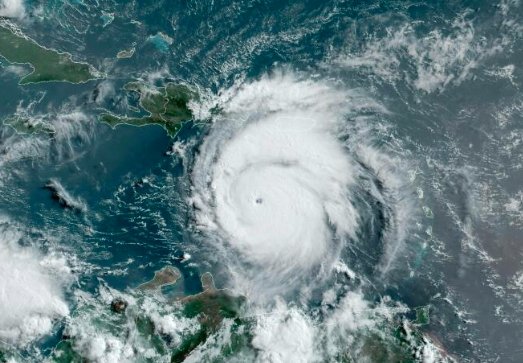In an unprecedented meteorological event, Hurricane Beryl has escalated into a Category 5 storm earlier in the Atlantic hurricane season than any other in recorded history. This development has sent shockwaves through the scientific community and coastal populations alike, as they grapple with the implications of such an early and intense storm.
A Historic Escalation
Hurricane Beryl’s rapid intensification has set a new benchmark for storm development, surpassing the previous record held by Hurricane Emily in 2005. The storm achieved Category 5 status more than two weeks earlier than Emily, signaling a worrying trend of increasingly powerful storms at earlier points in the season.
The storm’s swift progression from a tropical disturbance to a major hurricane has been attributed to unusually warm ocean temperatures, which have provided ample fuel for Beryl’s growth. As it passed over Carriacou Island, the hurricane’s winds were recorded at a staggering 150 mph, placing it firmly within the Category 4 range before it intensified further.

The Impact on the Caribbean
As Beryl moves through the Caribbean, its power has left a trail of destruction in its wake. The hurricane made landfall on Grenada’s Carriacou Island as a Category 4 storm, causing widespread power outages and structural damage. The severity of the storm has prompted urgent calls for residents to seek shelter and brace for the hurricane’s impact.
The governments of affected islands have been working tirelessly to prepare and respond to the hurricane’s threats. Evacuation orders, emergency services mobilization, and constant updates have been part of the concerted effort to minimize the damage and ensure public safety.
Implications for Future Storm Preparedness
Hurricane Beryl’s early arrival and rapid intensification have raised concerns about the preparedness of coastal regions for such powerful storms. The record-breaking nature of Beryl underscores the need for a reevaluation of hurricane prediction models and preparedness strategies.
Meteorologists and climate scientists are closely monitoring Beryl’s behavior to understand the factors contributing to its unprecedented development. This information will be crucial in improving future storm forecasting and developing more effective response plans to protect lives and property.













